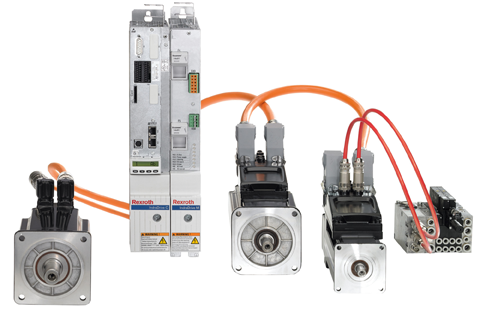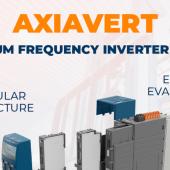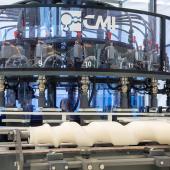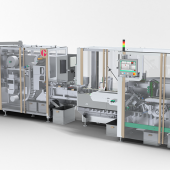Architecture with decentralised servo-systems

THE EXPERT REPLIES Processing automation, energy, timed cams, open and modular automation architecture, soft automation, service: in the column on ItaliaImballaggio called “The expert replies”, Luca Stanzani (Packaging and Processing Bosch Rexroth Italia) will provide answers for the specific problems that the readers will tell them about. Write to [email protected].
Question
I'm the owner of a small/medium sized firm that manufactures machines for secondary packaging, and I'd be very interested to see a more definite move towards the use of servomotors with an integrated drive. At the same time, I'm somewhat doubtful because my technical director insists that it's only a passing trend with serious lifespan limits. What do you think? R.R.
Perplexities like those of your technical director are becoming more and more frequent, even if we're noticing an increasingly growing conversion to decentralised architecture in statistical terms.
Fashions generally last about one season, but in this case we're talking about a phenomenon that has increased notably since 2007, when Bosch Rexroth presented the IndraDrive Mi - the first motors with integrated drive. It's a phenomenon that has driven many servo-system manufacturers to include a decentralised version in their product range.
But what is a motor with integrated drive? The concept is based on the elimination of the electric panel of the servodrive, decentralising it in the machine and integrating it directly with the servomotor. Inside the electric panel there is only the power supply unit with a single hybrid cable (i.e. a single cable containing all the necessary signals) or, in some cases, 2 cables because the field BUS is wired separately. All the motors are then connected using the “daisy chain” concept (in-out), or sometimes using multiple socket outlets.
To answer your query, we can explain the real advantages of the system, and examine its potential limits.
 The advantages linked to decentralised architecture can be summed up as costs, system simplification, reduced installation and servicing times, increased machine modularity, and energy savings.
The advantages linked to decentralised architecture can be summed up as costs, system simplification, reduced installation and servicing times, increased machine modularity, and energy savings.
Decentralising the drives in the field means reducing the electric panel, and therefore having the possibility to standardise the panels independently. The “daisy chain” architecture ensures reduced wiring times and fewer linear metres of cable. Finally, energy efficiency is improved thanks to energy exchange and balancing (which takes place between the various axes by means of an exchange via DC-BUS) and the elimination of conditioner consumption (often considerably high).
The most obvious limits of these technologies concern the power levels (the maximum permanent torque that can be reached is around 12 -15 Nm), the maximum direct current on the hybrid cable, and clear limits in the case of applications in explosive environments (Atex).
On the basis of the experience (data and established applications) built up over the 6 years since the introduction of the IndraDrive Mi by Rexroth, we can guarantee the performance, quality and stability of these systems.
In particular, we can see that the breakage index is at the same level as any of our other drives. Performance is identical, as are the options and features.
With the new generation of IndraDrive Mi and the equivalent Near Drive versions, you can take advantage of multi-protocol communication interfaces (Sercos III, EtherNet/IP, PROFINET IO, EtherCat), smart drives with synchronism and interpolation on the drive, the possibility to enable an integrated PLC for motion and logic functions (Co.De.Sys 3). In terms of safety, STO functions are available (SIL 3, Cat. 4 PLe), and safe motion via safety BUS, not to mention the possibility to define safe areas. Finally, as well as having 4 built-in digital inputs/outputs (including 2 probe), to obtain even greater modularity and expandability, you can also connect external devices (IO’s, pneumatic and/or hydraulic devices) directly to the drive via another multi-protocol communication interface.
As you can see, decentralised architecture is continually evolving and Bosch Rexroth is already working on the latest developments to further expand the system.
We firmly believe that decentralised servo-systems could be a definite answer and an alternative that's not only valid but, in many cases, strategic for certain plants.
For further information www.boschrexroth.it

















